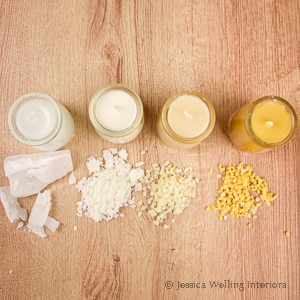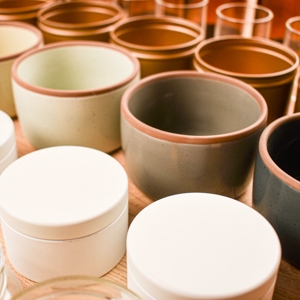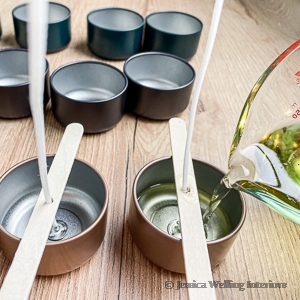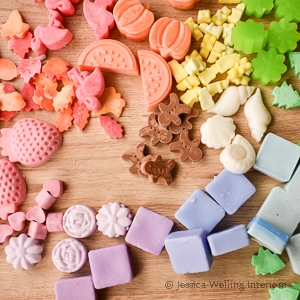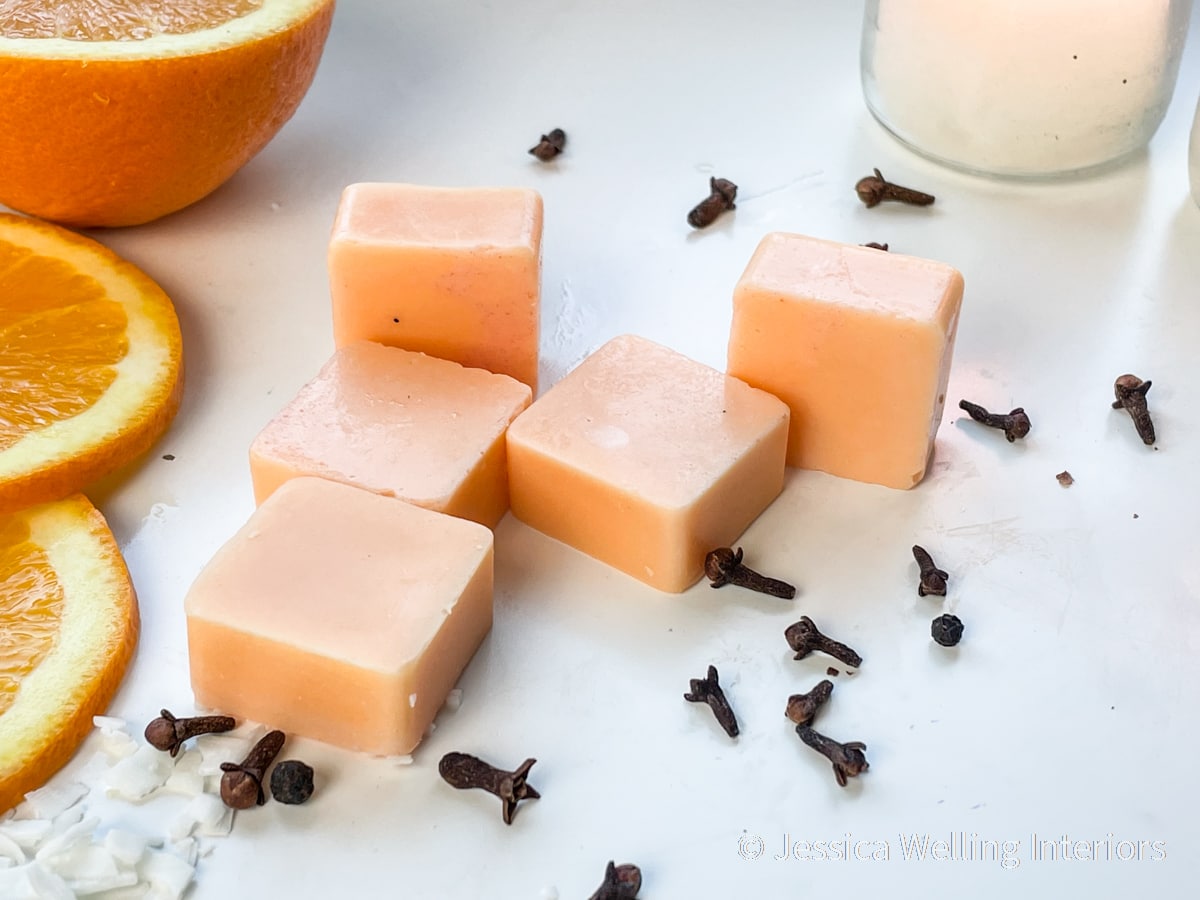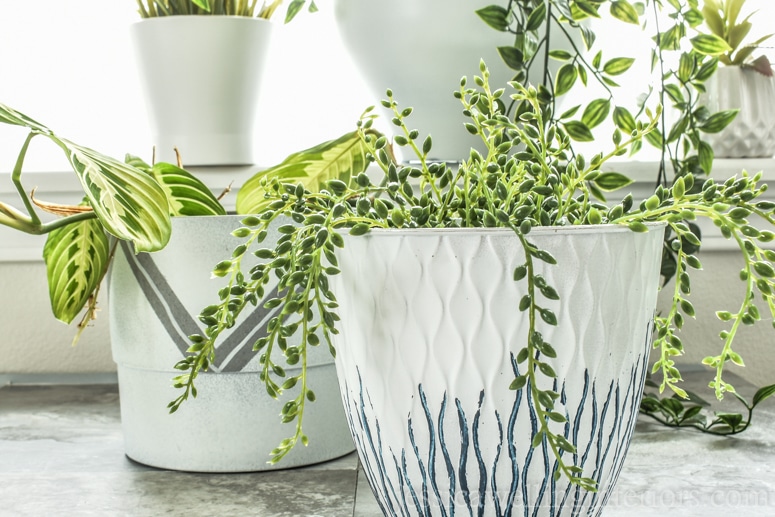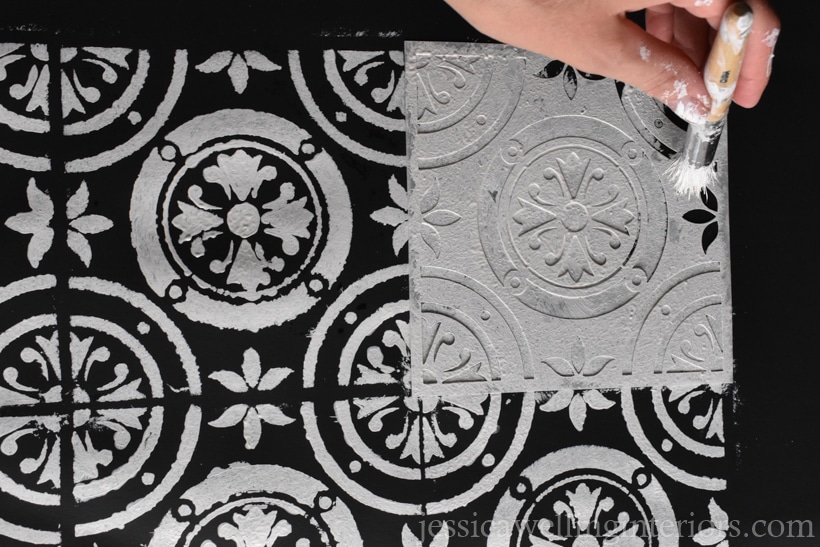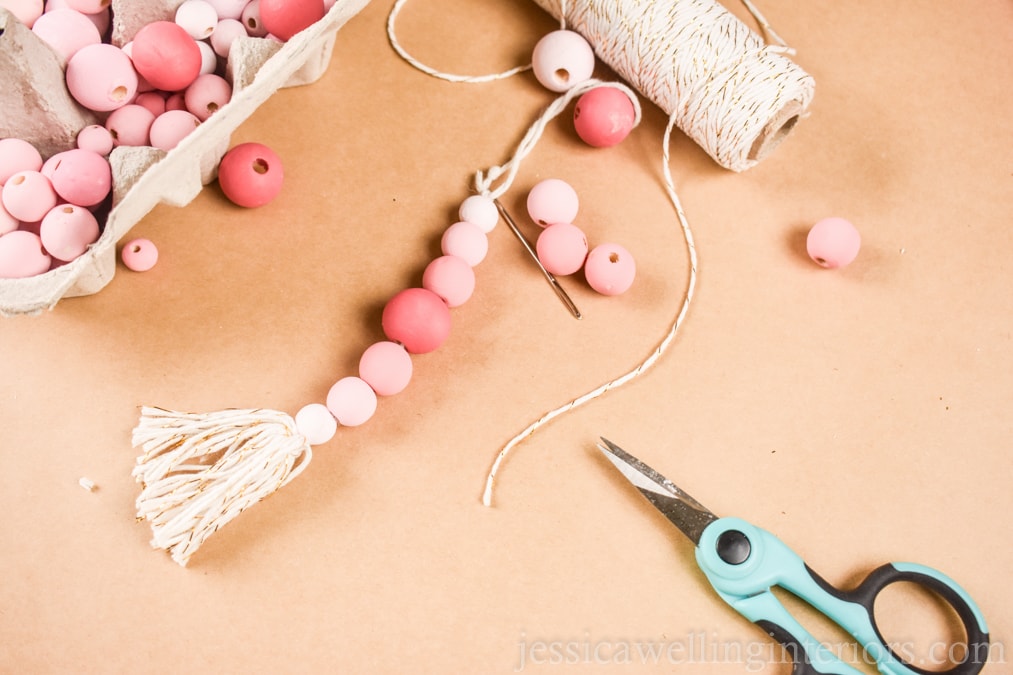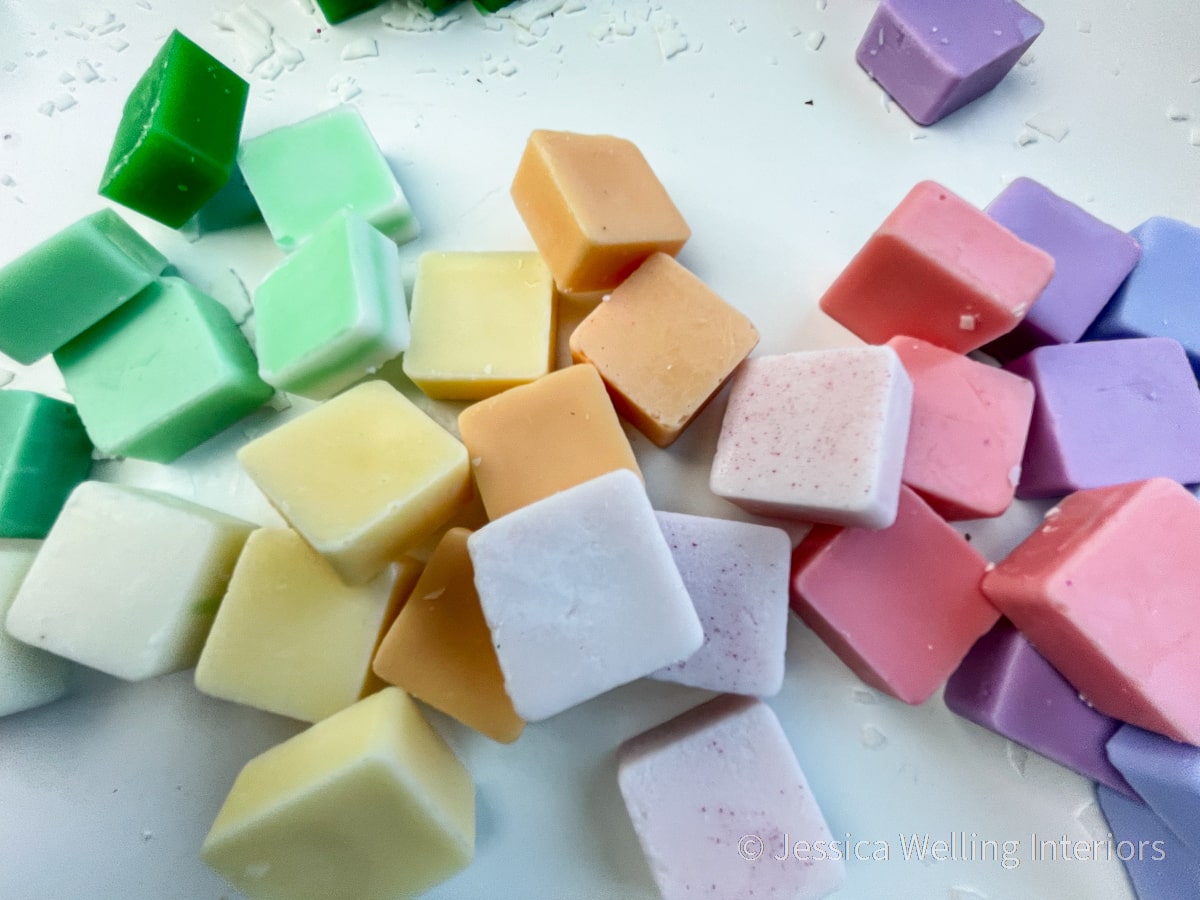How to Make Candles Smell Stronger: 6 Tips For Great Scent Throw
Learn how to make candles smell stronger and get the best scent throw possible from your homemade candles with these tips!
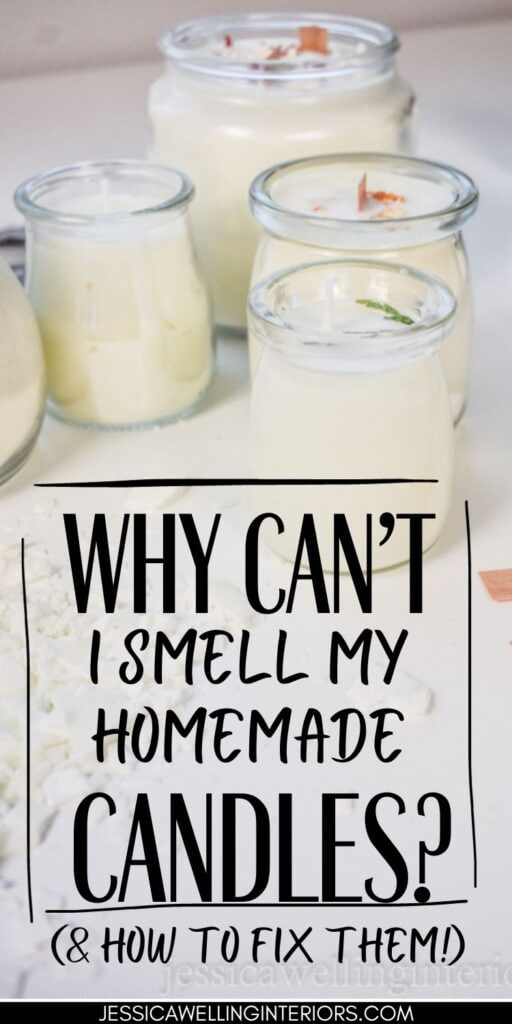
Why can’t I smell my homemade candles?
You’ve spent some time and a fair bit of money buying all the supplies to make your own scented candles. And they look lovely… but the fragrance is, well, where is it? I don’t know if this will make you feel better, but just about every newbie candle maker has been there. And it’s so incredibly frustrating! But don’t give up just yet.
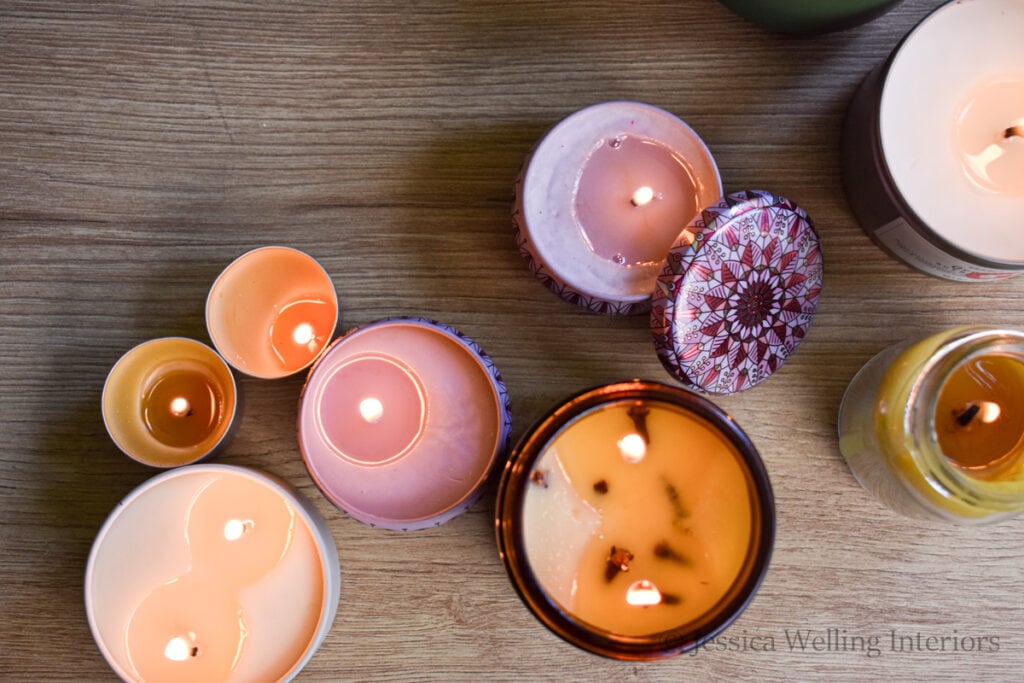
I’ve put together a list of the most common candle fragrance mistakes, and how to avoid them. If you’re having a similar problem with your DIY wax melts, all but tip number six will apply to those as well.
And here are my go-to candle making recipes with tutorials: How to Make Soy Candles, How to Make Scented Candles for Fall (Paraffin Recipe), and How to Make Beeswax Candles
Mistake 1: You Used Essential Oils
I know it sounds great… all-natural candles scented with essential oils, and many websites and blogs will claim it can be done. I was duped by them too when I first started.
But here’s the hard and ugly truth: most essential oils can’t stand up to the heat produced by a burning candle, or the heat used in the candle-making process. They will just break down and the result will basically be an unscented candle (with a lot of expensive essential oils in it).
Don’t get me wrong- I love to use essential oils in diffusers and to make natural bath & body products like this DIY bubble bath, where they’re much more effective!
The Fix: Candle Fragrance Oils
Candle fragrance oils are specifically formulated to release fragrance, both at room temperature (the amount of fragrance released by an unlit candle is called “cold throw”), and even more so when heated (“hot throw”).

Here’s an extensive list of my favorite candle fragrance oils, and after years of making candles and wax melts, I’ve tested hundreds of them from many different companies. The good news is even high quality fragrance oils generally cost less than essential oils.
All Natural Candle Fragrance Oils
The good news is you can get fragrance oils made will all natural ingredients, though they are surprisingly difficult to come by. My favorites are made by Makesy. Go to their site and search for “natural fragrance oils”. Their All Natural Fragrance Discovery Kit is a great place to start.

Fragrance oil companies don’t tend to publish their ingredient lists… and one thing I learned early on was that no matter how “natural” they sound, you should assume they’re chemical-based unless they very specifically claim otherwise.
Mistake 2: Low-Quality Fragrance Oils
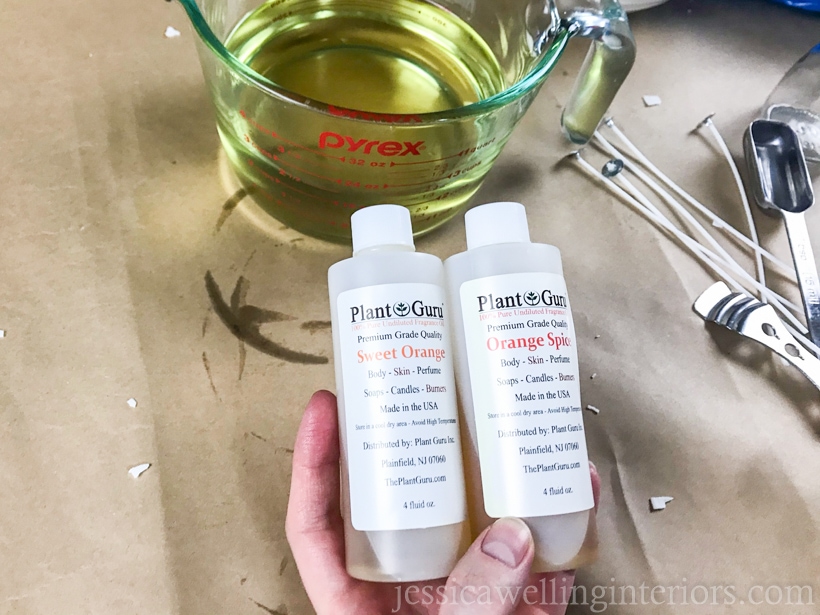
When I first started making candles I ordered the cheapest fragrance oils I could find on Etsy. They sounded natural with a name like “Plant Guru”. They even claimed they were “premium grade”.
But when they arrived I was disappointed to find that most of them reminded me of the stinky perfumed potpourri they used to put in ladies’ restrooms when I was a kid. Ick!
And when I tried burning the candles I’d made with them, there was barely any scent at all (which I suppose was a blessing because they reeked anyway!). It turns out this is a common problem, and you can’t fix it by simply adding more fragrance oil (more on this below).
The Fix: High Quality Fragrance Oils
You generally get what you pay for with fragrance oils, and if you want to make high-quality candles that give off fabulous scent when you burn them, you have to use better-quality oils.
I’ve spent A LOT of money (I’d rather not add it all up!) searching for the very best fragrance oils and testing hundreds of them in my own candles and wax melts. Choosing scents will of course come down to personal preference, but hopefully I can help you narrow down the best options with this article:
The Best Candle Fragrance Oils (That Actually Smell Good!)
It’s pretty much impossible to find ingredient lists… and one thing I learned early on was that no matter how “natural” they sound, you should assume they’re chemical-based unless they specifically claim otherwise.
Mistake 3: Not Enough Fragrance Oil
If you’re using high quality fragrance oils and still having problems getting good scent throw from your candles, you may have the ratio of wax to fragrance oil wrong. And I can certainly understand skimping on the oil, because it’s not cheap. But you’ll pay for it in the end with less-than-fragrant candles.
The Fix: Correct Wax-to-Fragrance Ratio
Each type of wax has what’s called a “fragrance load”, usually expressed as a percentage range. This is the amount of fragrance oil that the wax can hold without having oil seep out of the hardened wax and make puddles on top of your candles.
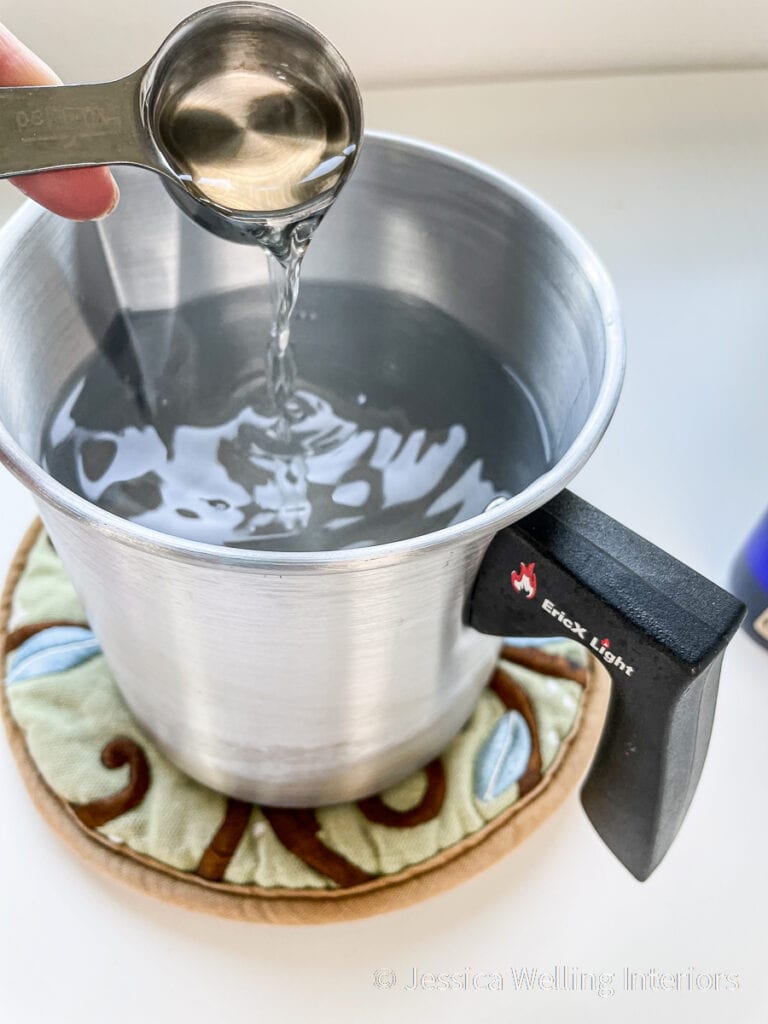
It’s a good idea to stay inside your wax’s fragrance load range. But it can be tricky to figure out the correct measurements, especially for those of us using the imperial system. So I put together these cheat sheets to help you get the correct amount of fragrance oil.
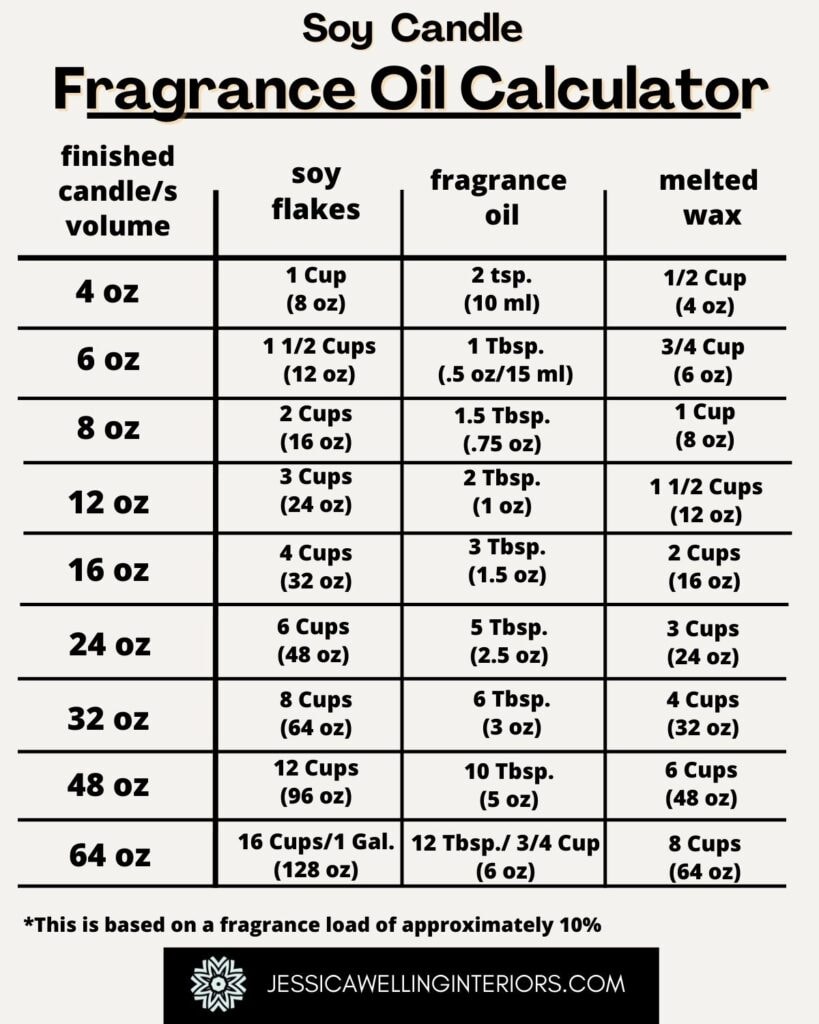

Mistake 4: Not Letting Candles Cure
Did you wait for your candles to cool, then light them up the next day? This could be your problem.
The Fix: Let Them Cure
All types of candle wax require cure time before a candle is ready to be burned. This is because though we may not notice it, wax continues to get harder long after it’s reached it’s solid state. This is especially true for natural waxes like soy, palm, coconut, and beeswax. The fragrance oil binds to the wax during this process, so cure time is essential to reach maximum scent throw.
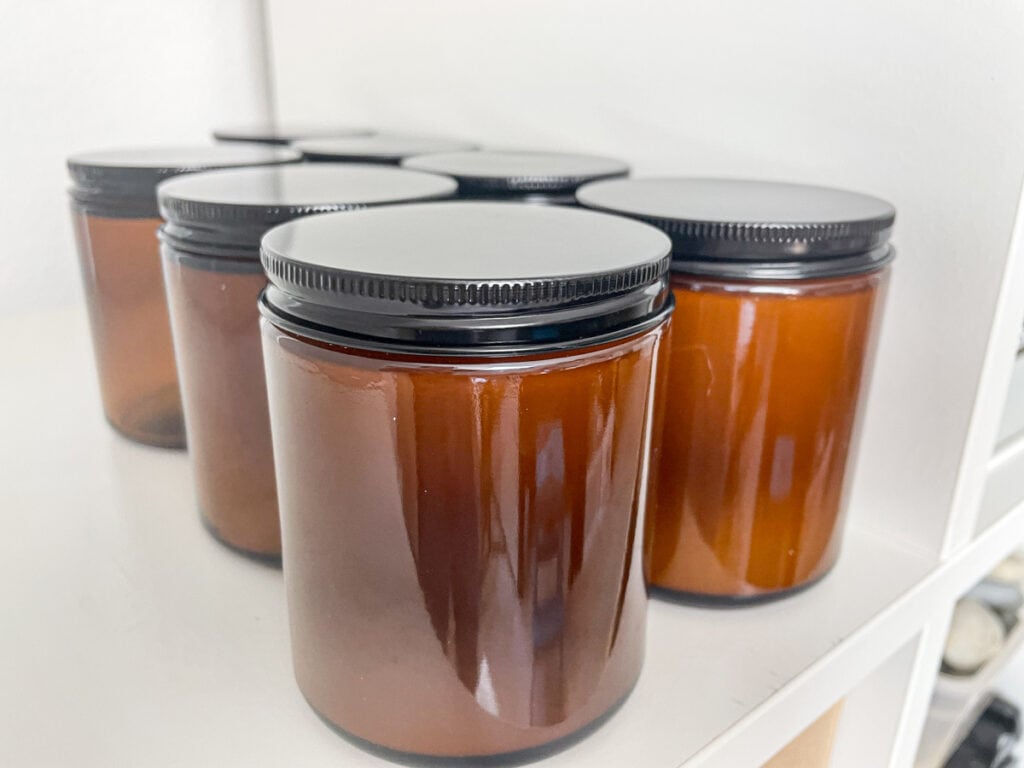
Once your newly made candles have cooled completely, seal them up. You can either place the lids on their containers, or cover them tightly with plastic wrap. I know it’s hard to wait, but you’ll be glad you did!
Candle Wax Cure Times Guide
Each type of wax has different curing requirements. Here’s a cheat sheet:

Mistake 5: Wrong Wax Temperature
If you weren’t paying close attention to the temperature of your wax when you added the fragrance oil, it may have been either too hot or too cold- both of which can ruin your candle’s scent throw.
The Fix: Quick-Read Digital Thermometer
I use this quick-read digital meat thermometer for all my candle making projects. The wax doesn’t just need to be melted. It needs to reach the correct temperature range for your particular type of wax before you add the fragrance oil. This ensures that the wax molecules and oil will bind together properly. If the wax is too hot, it will start to break down your fragrance oil.
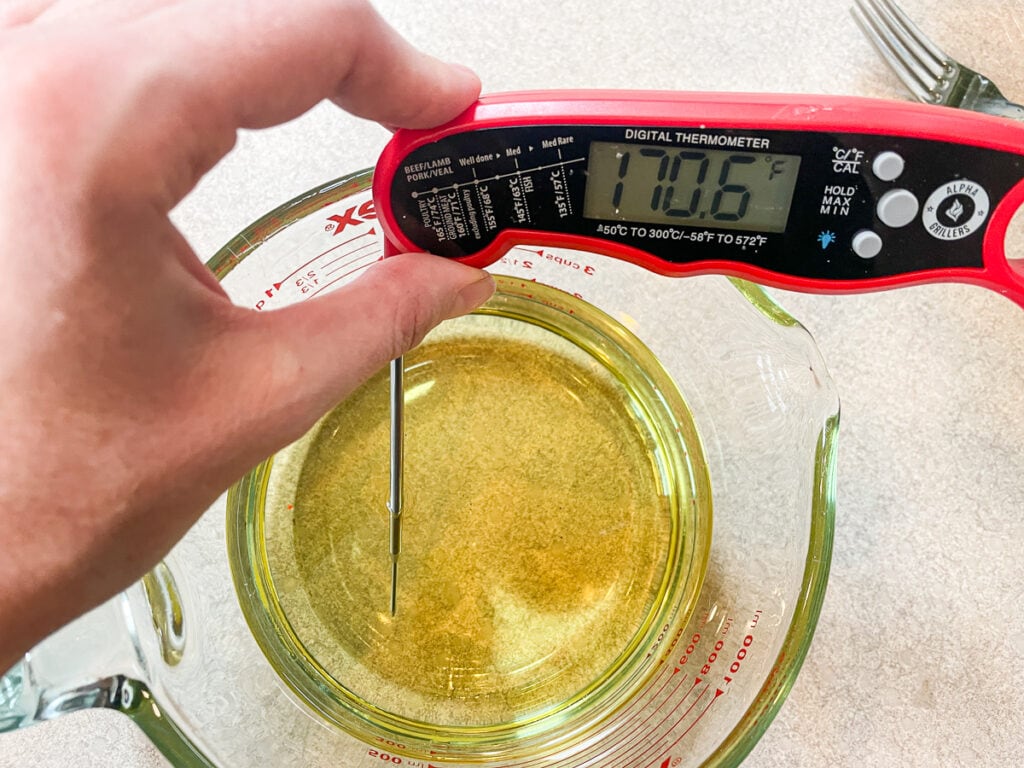
What temperature should my candle wax be when I add fragrance oil?
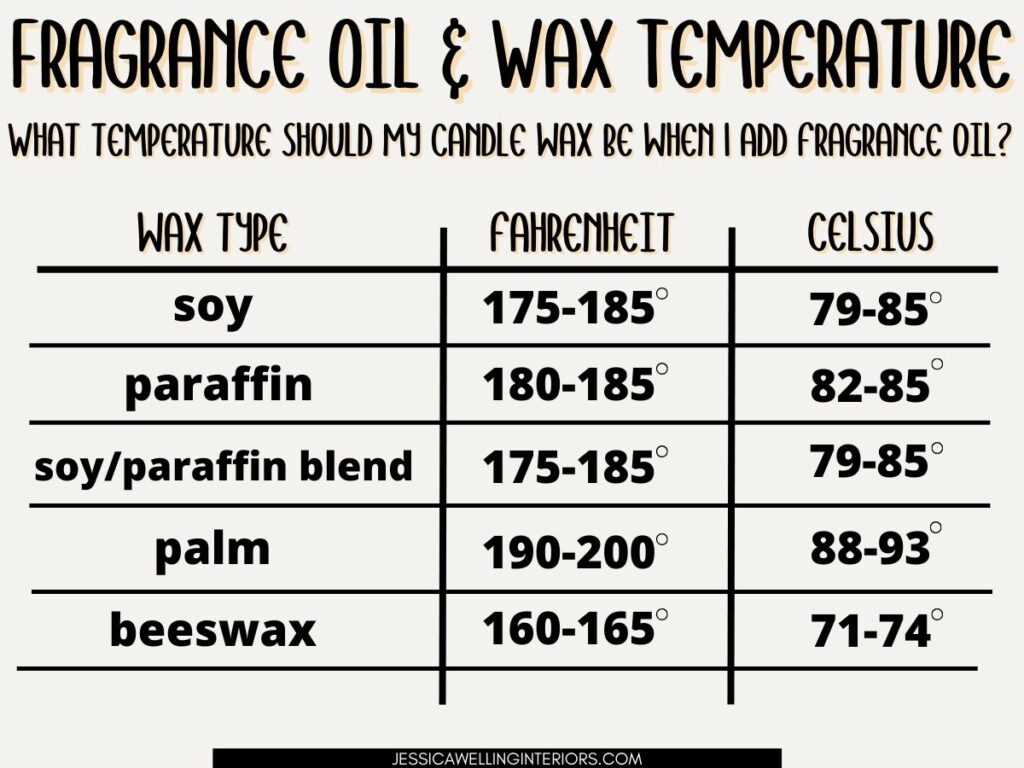
Mistake 6: Wrong Wick Size
If your candle’s melted wax pool around the wick doesn’t reach all the way to the edges of the container after it’s been burning for an hour or two, your wick may be too small. A smaller pool of melted wax means less fragrance can be released, and your candle can’t reach it’s full fragrant potential.
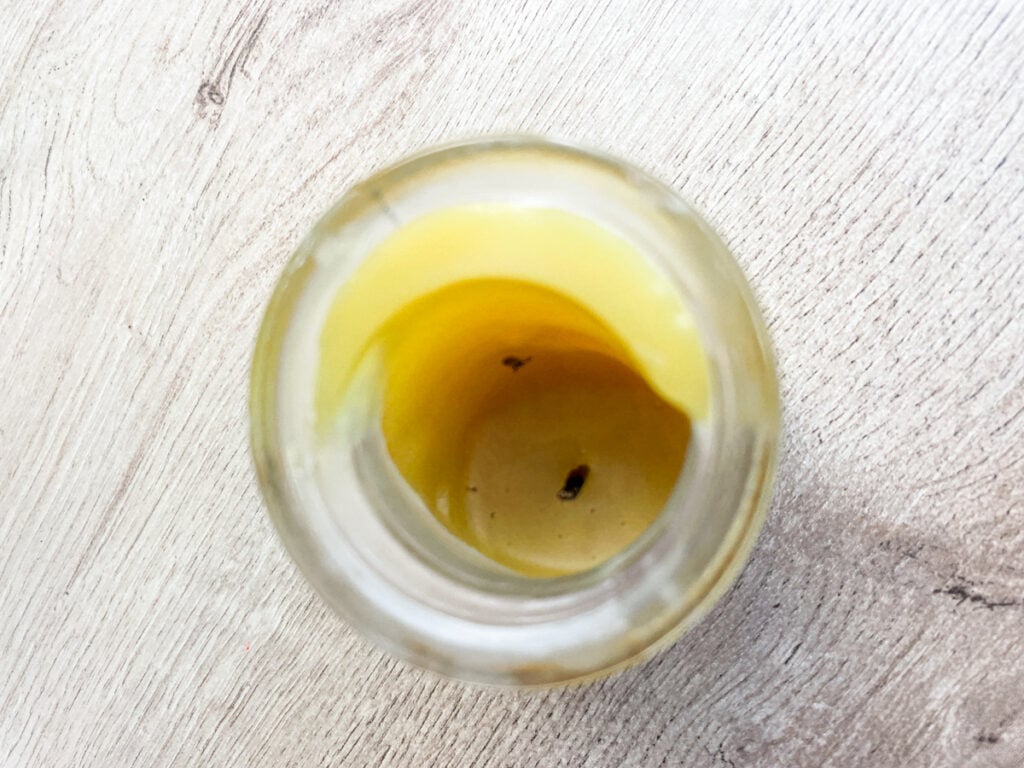
It will also cause tunneling, which is where the candle burns a hole down the center but never melts the wax around the outsides.

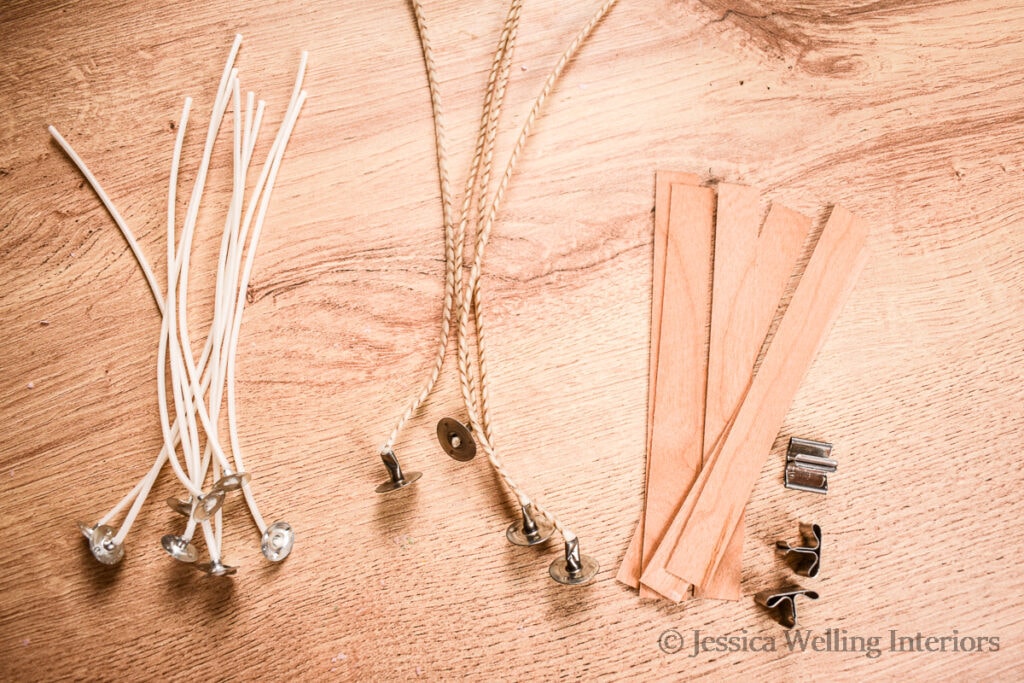
The Fix: Larger or Multiple Wicks
Wicking is a complicated topic, but basically you have two options. You can use a larger wick, which will produce a hotter and larger flame, thus melting all the wax and releasing more fragrance.
The second option is to use two or more wicks to increase the size of the wax pool. The candle in the jar below was too wide for a single small cotton wick, so I used two. As you can see this creates the perfect-sized wax pool.
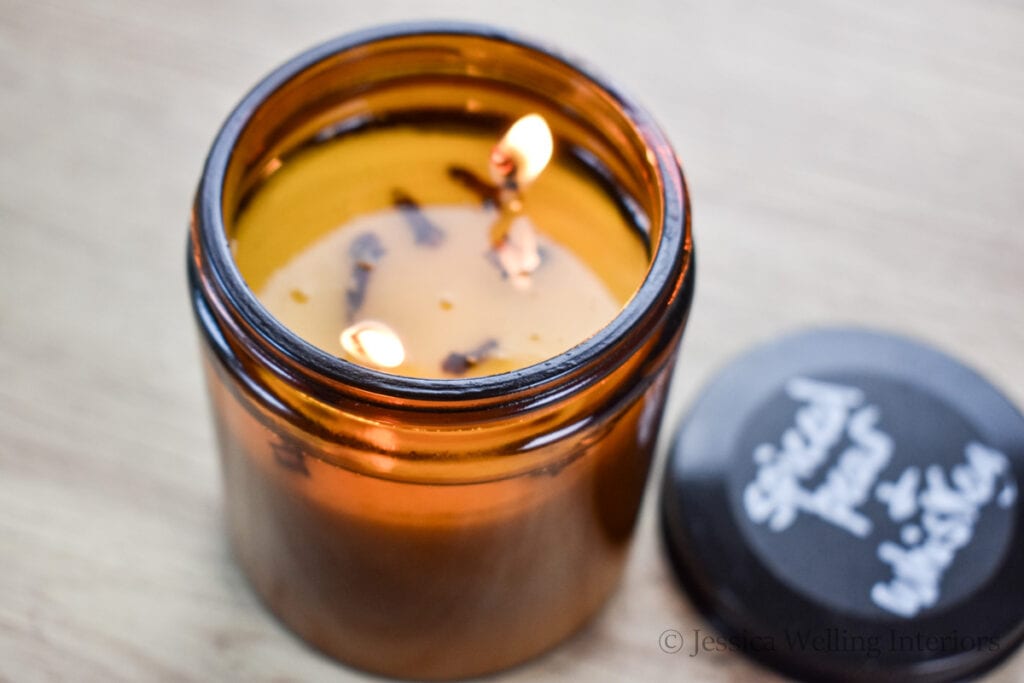
One More Thing…
I couldn’t really add this to my list of mistakes because it isn’t one. But if you’re frustrated with your candle’s lack of scent, you might consider the type of wax you’re using. Paraffin is widely considered to have the strongest scent throw of the commonly used waxes. I go into more detail on the pros and cons of different wax types in this article:
What is the Best Wax for Candles? Soy vs. Paraffin vs. Beeswax
That said, I get great scent throw from my soy and beeswax candles as well using the tips above. I hope you found this helpful. Happy Candle Making!
More Candle Making Tips…
The Best Candle Jars & Tins & Where to Get Them


